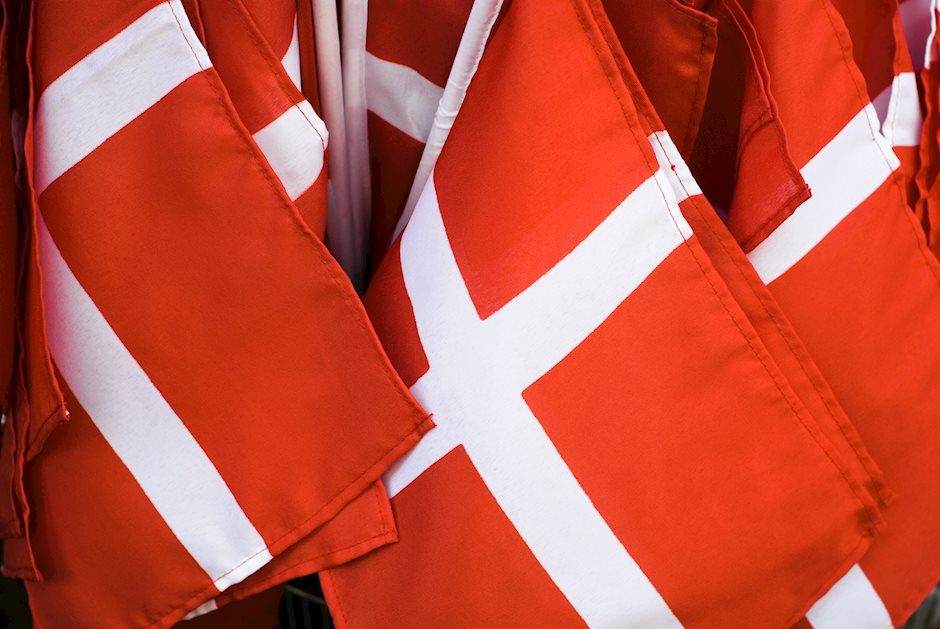Denmark: Price pressures increase
-
Energy and food price surge has pulled headline inflation higher, but the underlying price pressure in the economy has also increased.
-
We expect core inflation will take over as the key driver of inflation. We see 7.5% for 2022 on average and 3.4% in 2023.

Danish inflation increased from 8.2% in June to 8.7% in July, the highest level in almost 40 years. Energy and food prices are key drivers but inflation is broad based now.
Energy prices remain key for the inflation outlook. The direct effect is currently adding 2.7 percentage points to headline inflation and the indirect effect through increasing costs for businesses in general are currently feeding through on a broad scale. Gasoline prices have declined recently in line with oil prices and will weigh on inflation in August. Consumer prices on electricity remain about 60% above normal levels “pre-COVID and war”, though, and gas is about double compared to normal levels. The high market prices we see now will feed through to consumer prices in August and September and likely pull headline inflation above 9%. District heating, the most common source of heating in Denmark, has also increased somewhat in price this year but only to 2020 levels. Some heating plants are dependent on electricity and gas and we expect to see another surge in prices here, probably by January.
We expect a decline from the current extremely high levels in electricity and gas prices through the remainder of the year but we continue to see very high price levels before we assume a partial normalisation in 2023H2.
Food prices have surged through 2022 and are now up 14.6% yoy driven by a broad increase in prices, particularly meat and dairy products. It looks like momentum is still for higher prices on the back of the surge in global food prices in the beginning of the year and high costs in general as well such as heating/cooling and wages. That said, global food prices declined significantly in July, which should at least put a damper on the price surge later this year. Fertilizer prices are still very high, though, and not all European food markets are well integrated into global markets. We expect food price momentum to wane but price pressures will probably remain high.
Core inflation has also increased significantly. Services like restaurants, package holidays and household maintenance (e.g. plumbers) and goods like household appliances and cars have all increased markedly in price. The quarterly rent increase in May was also quite high. We expect an increased pressure for higher rents will feed in to inflation with the quarterly prints in August and November and particularly in February. Rents account for 21% of total CPI so the size of the rent increase will be key for the inflation level next year.
Core NPI (CPI excluding taxes and subsidies) inflation stands at 5.4%, much higher compared to when the economy was most overheated in 2008. The big question is how much of the increased cost pressure has yet to feed through to broad inflation. We still have not seen much price increases on clothing (and footwear), which makes up close to 5% of total CPI. The July sale was very modest, though, which leaves prices up 4.7% yoy. As the time to market is much longer for clothing compared to many other products, we expect pressures on clothing prices will increase in H2.
We continue to see more than 60% of retailers expecting to hike prices over the coming 3 months. We pencil in an increasing underlying price pressure lifting core inflation over the coming year, which is also underpinned by the historically tight labour market, even if wage pressures remain have remained modest. The pressure should begin to where off by the end of 2023, on the back of a looser labour market by then, though.
We lift our inflation forecast significantly on the back of particularly higher food prices than expected but also an increased pressure on energy prices, which feeds through to broad inflation. We now expect 7.5% inflation in 2022 (previously 6.4%) and 3.4% in 2023 (previously 2.6%).
Author

Danske Research Team
Danske Bank A/S
Research is part of Danske Bank Markets and operate as Danske Bank's research department. The department monitors financial markets and economic trends of relevance to Danske Bank Markets and its clients.

















